If you’re dealing with a sports injury that’s keeping you sidelined, you’re not alone—these setbacks can disrupt both your daily routine and the activities you love most. At The PT Zone, we offer targeted therapies to speed your recovery and restore full function.
- Reduce pain and inflammation to promote healing
- Improve blood flow to injured tissues for quicker recovery
- Restore mobility and agility to get you back in the game
- Strengthen supporting muscles to prevent re-injury
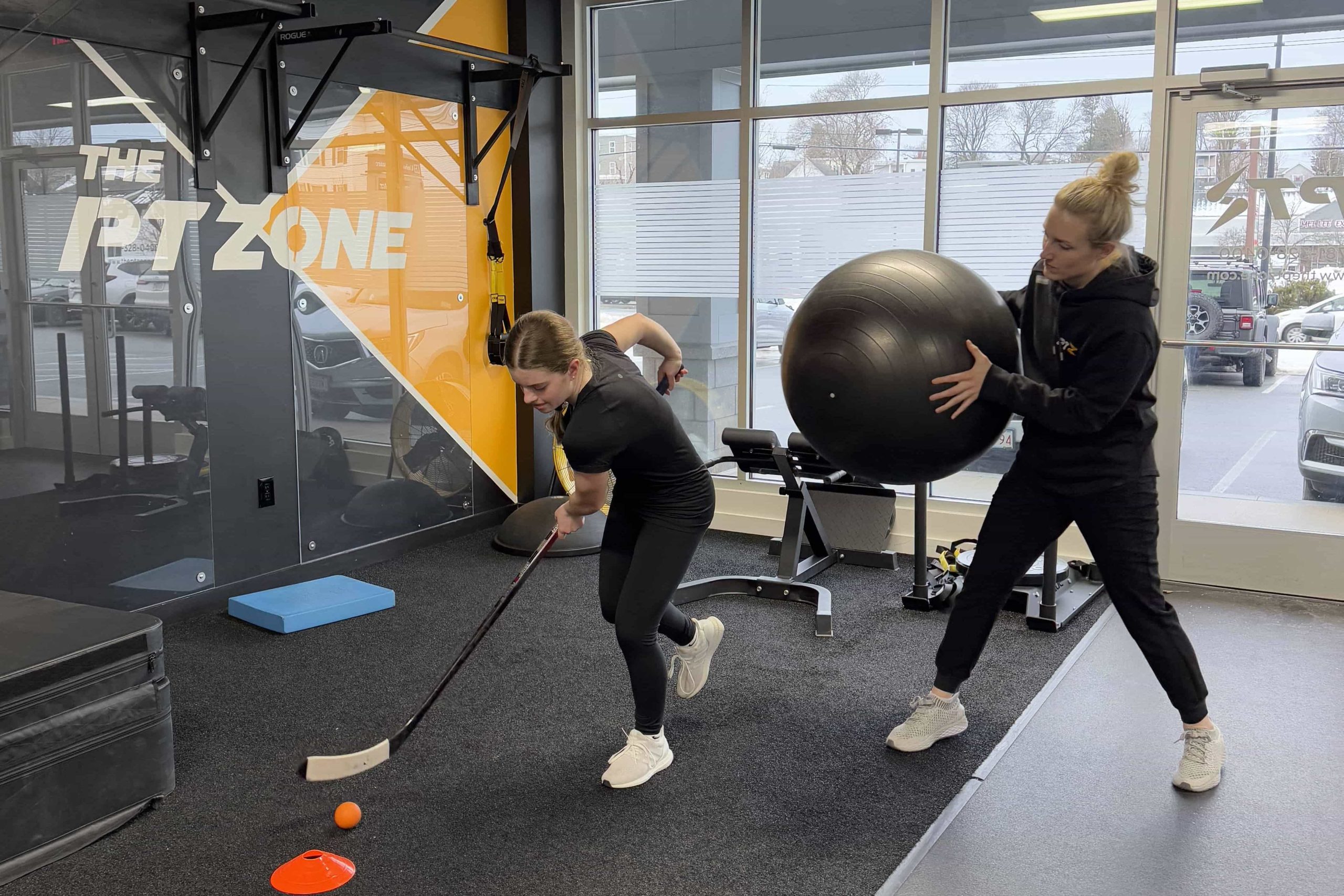
Let us help you move freely and
comfortably again
Sports-related injuries can be especially frustrating; not only are you missing out on the activities you love, but you also face the challenge of a lengthy recovery. Whether you’re dealing with a sprained ankle, pulled hamstring, or overuse issues like tennis elbow, our team is here to help. At The PT Zone, we craft sport-specific programs designed to address your particular injury, enhance your agility, and reduce the risk of future setbacks.
Our approach includes plyometric and agility-based exercises, manual therapies, and targeted strength work, each tailored to restore both function and confidence. By focusing on your unique needs and athletic goals, we’ll guide you step by step so you can safely get back in the game. Whether you’re a weekend warrior or a competitive athlete, we’ll customize your plan to have you performing at your best—faster.
We believe in a collaborative process that values your input and comfort level, ensuring every session brings you closer to full recovery and peak performance.
Our Therapies for Sports Injury Recovery:
Our goal is simple: accelerate your recovery and help you return to the sport you love, stronger and more confident than ever.
-
Balance Training

Balance Training is a specialized approach that strengthens stabilizing muscles, enhances coordination, and reduces fall risks, ultimately improving posture and promoting confident movement.
-
Certified Manual Therapy
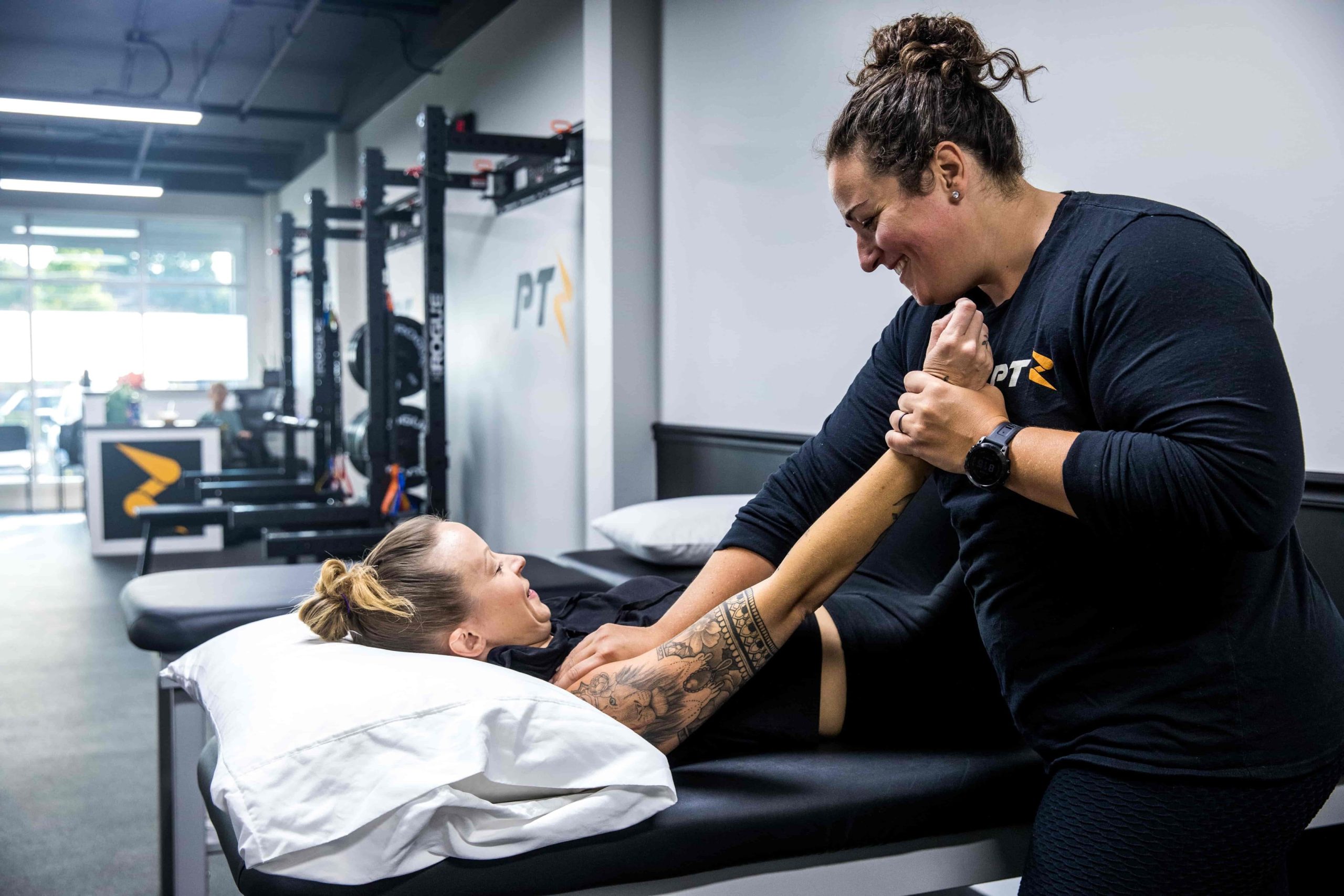
Certified Manual Therapy is a hands-on approach that addresses joint, muscle, and connective tissue dysfunction, reducing pain, improving alignment, and promoting faster, more efficient recovery.
-
Cupping

Cupping therapy is an ancient healing technique that uses suction to enhance circulation, relieve muscle tension, and promote the body’s natural recovery process.
-
Dry Needling
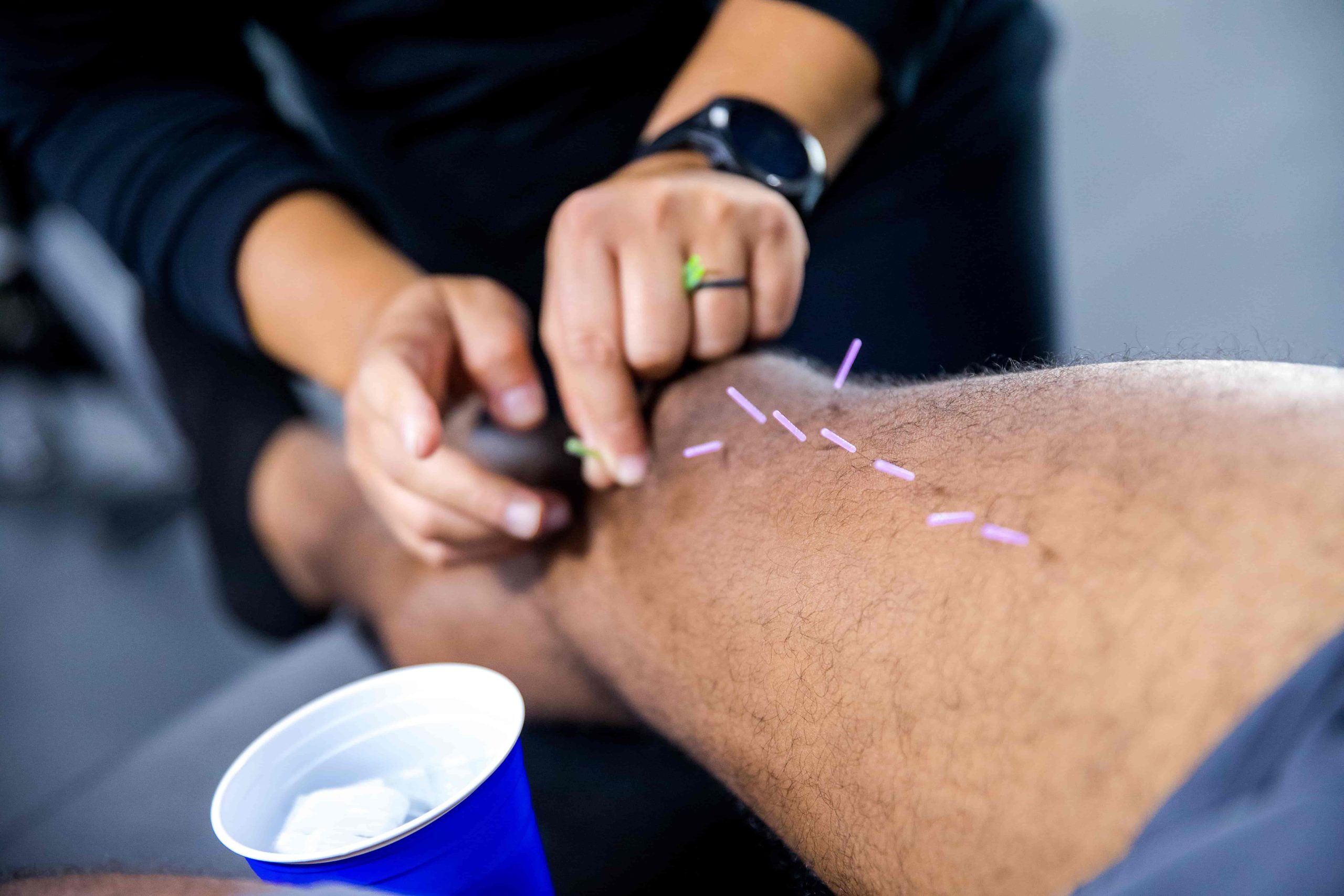
Dry needling is a modern therapy that targets muscle trigger points with thin needles to relieve pain, reduce tension, and restore mobility.
-
Gait Training
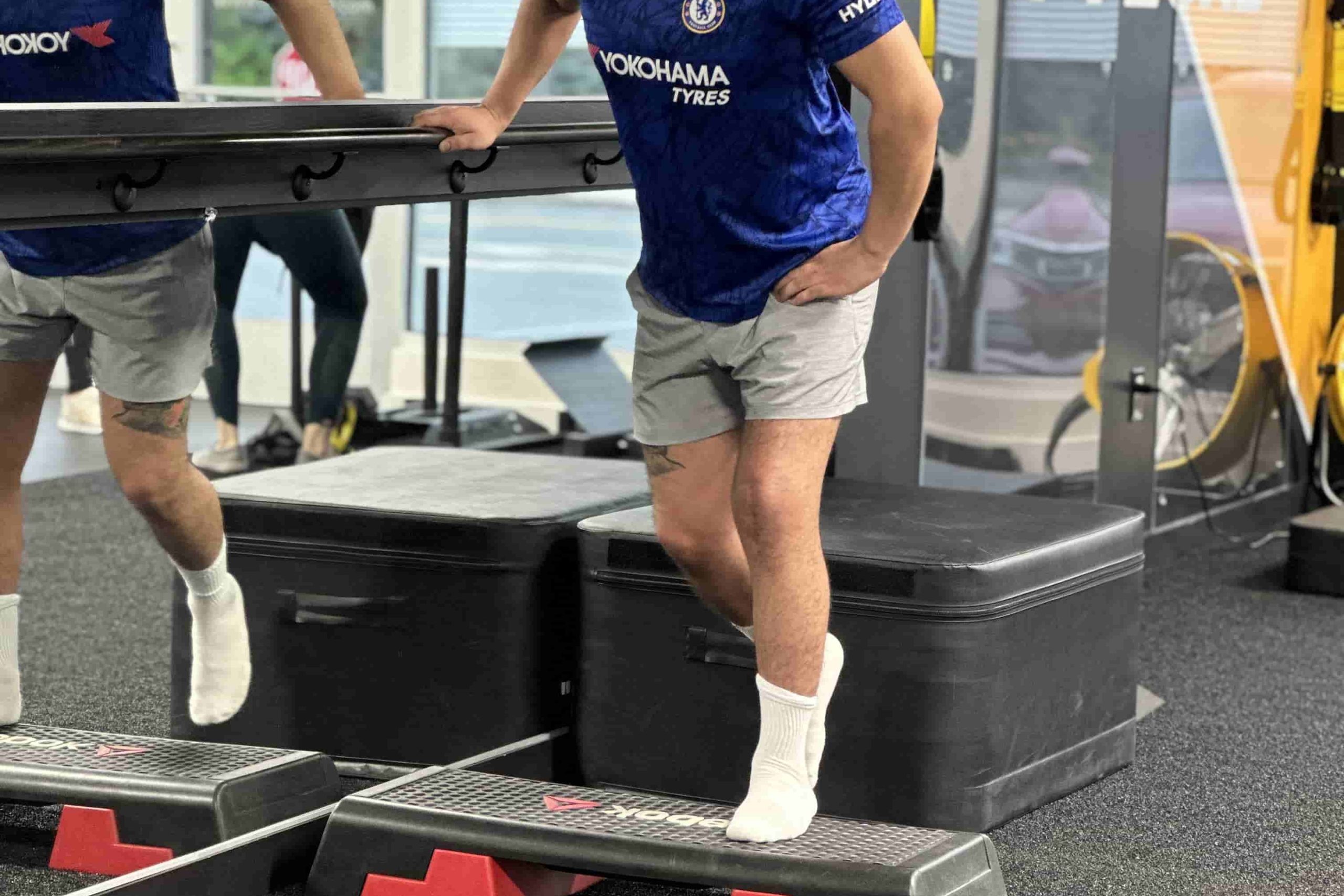
Gait Training is a specialized approach that enhances walking mechanics, improves lower-limb strength, and reduces re-injury risks, ultimately promoting more efficient movement.
-
Graston Technique
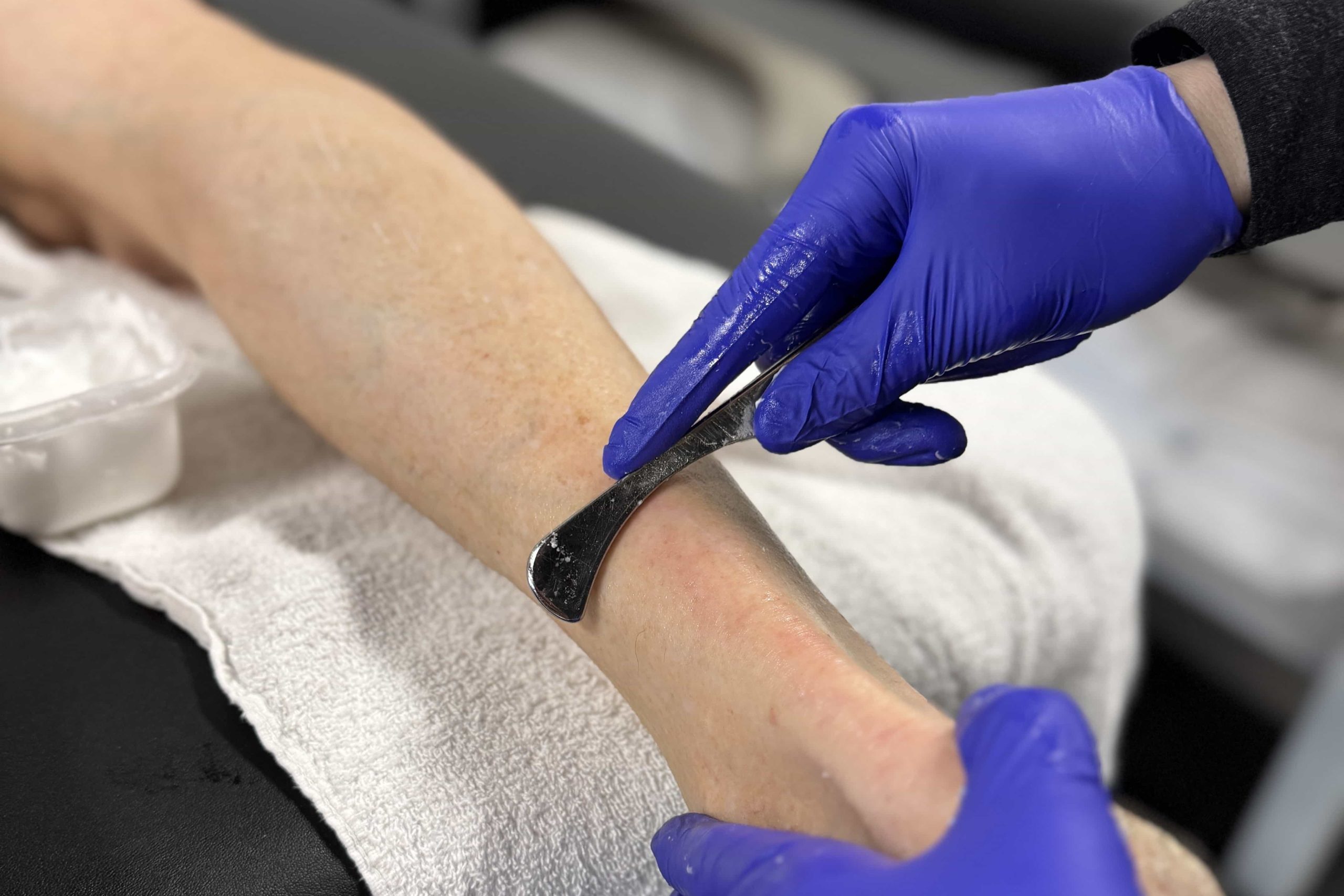
Graston Technique is a specialized manual therapy that uses stainless steel instruments to break down scar tissue, improve mobility, and accelerate healing.
-
Kinesiotaping
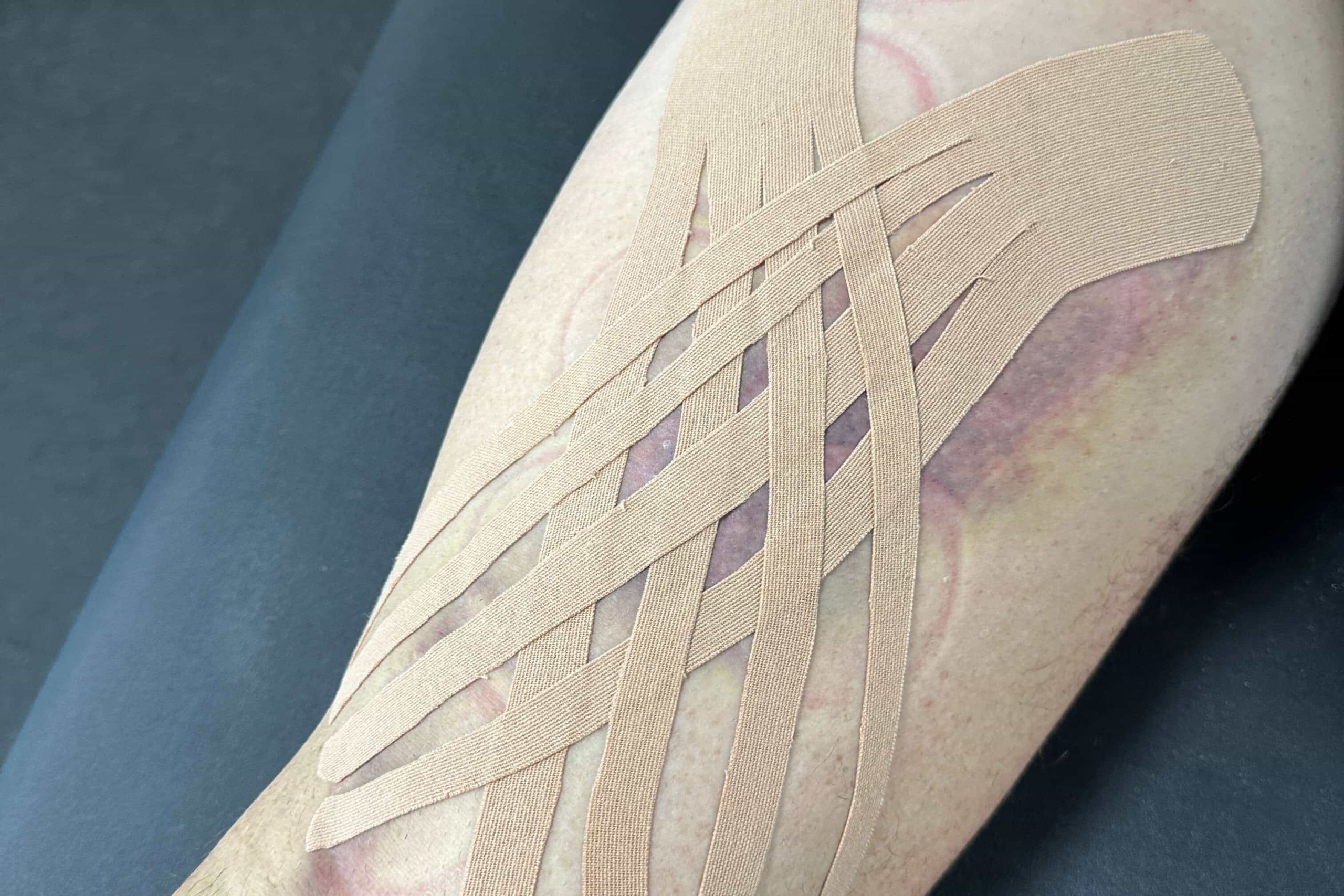
Kinesiotaping is a flexible taping method that provides gentle support, improves circulation, and helps maintain natural movement for a more comfortable and effective recovery.
-
Manual Traction
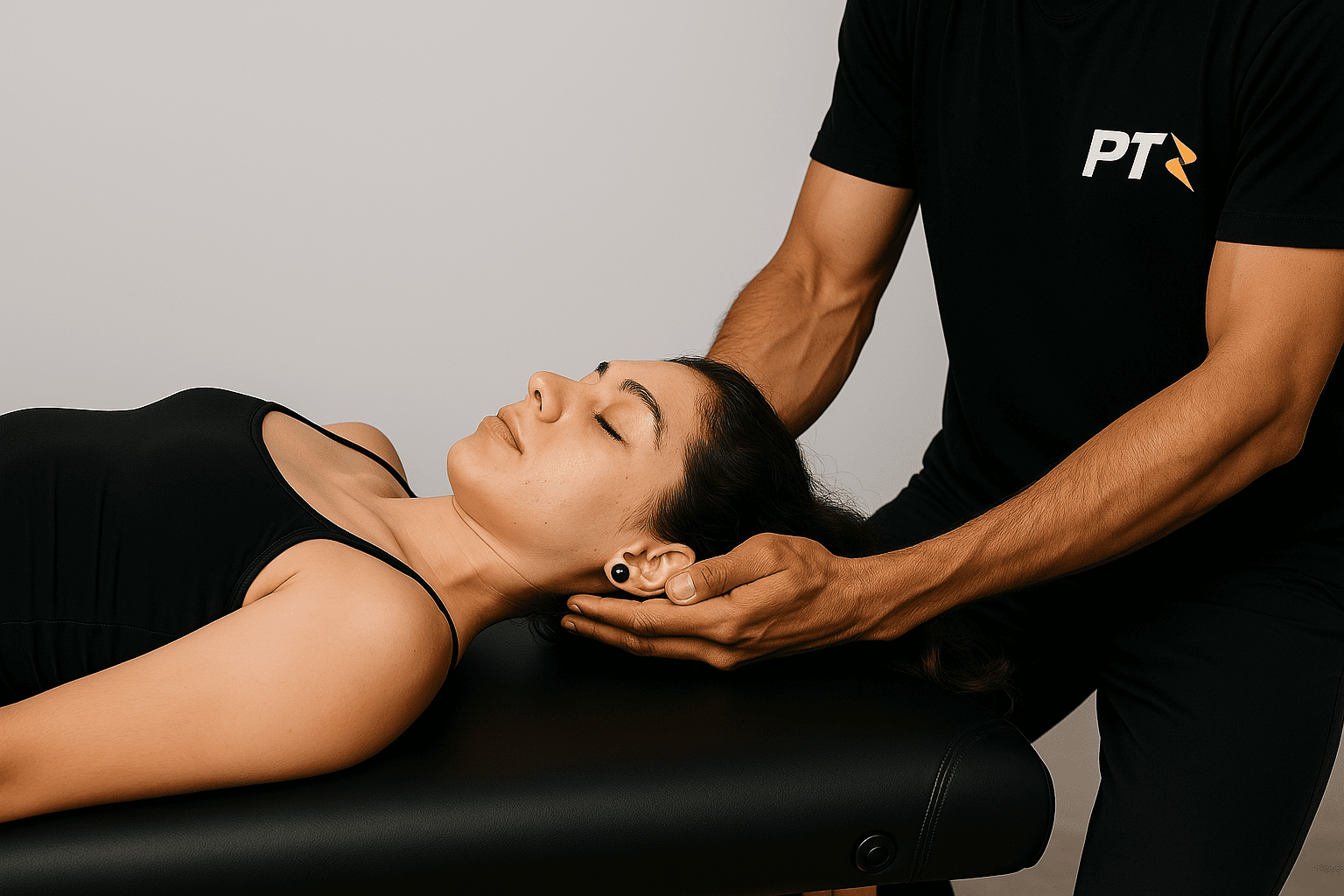
Manual Traction is a gentle, hands-on method used to decompress the spine, relieve pressure on discs and nerves, and improve overall comfort and mobility.
-
Post-Surgical Rehab
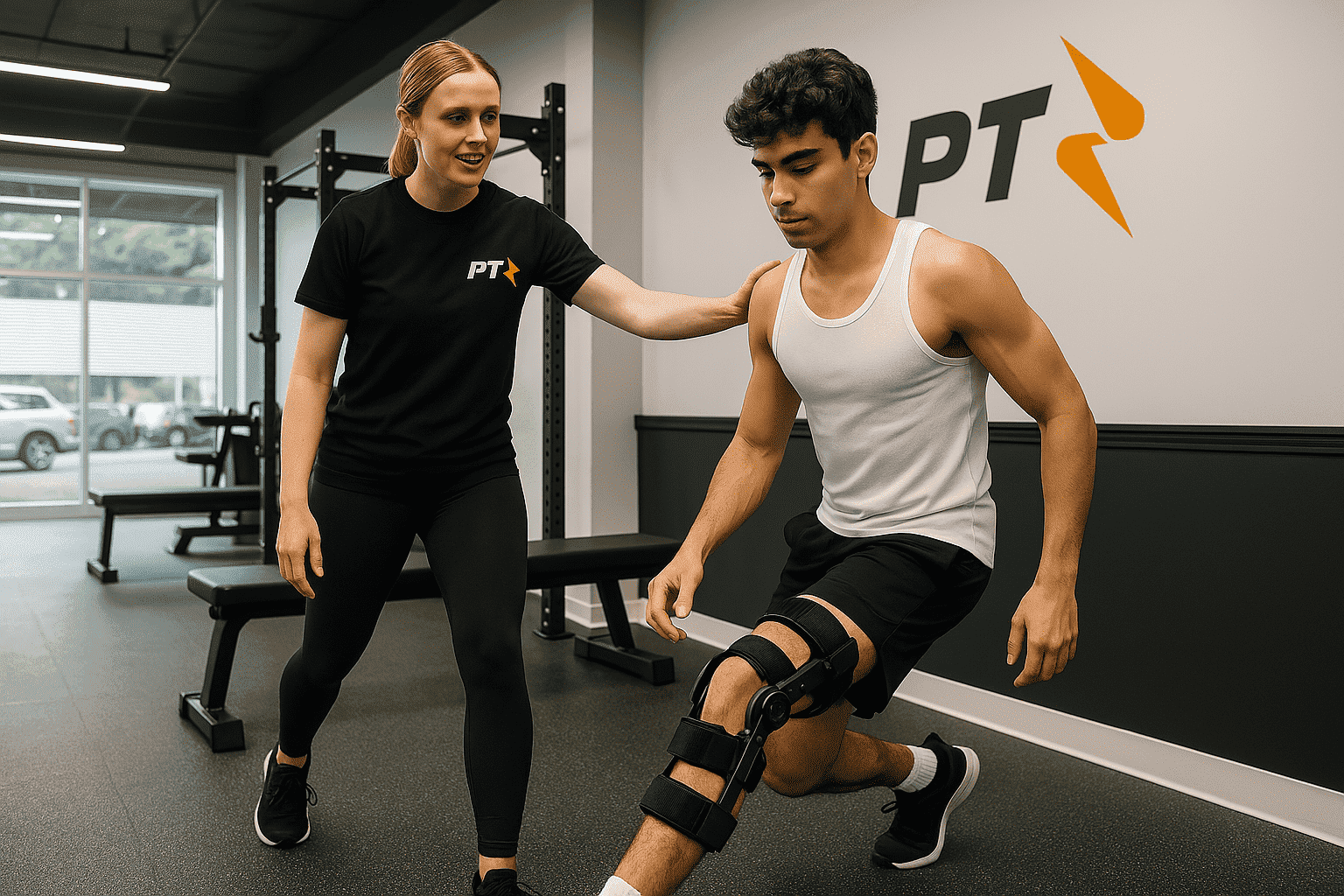
Post-Surgical Rehab is a structured recovery process designed to restore mobility, manage pain, and rebuild strength after surgery, ensuring a safer and faster return to your everyday activities or sports.
-
Physical Therapy for Weightlifters & CrossFit
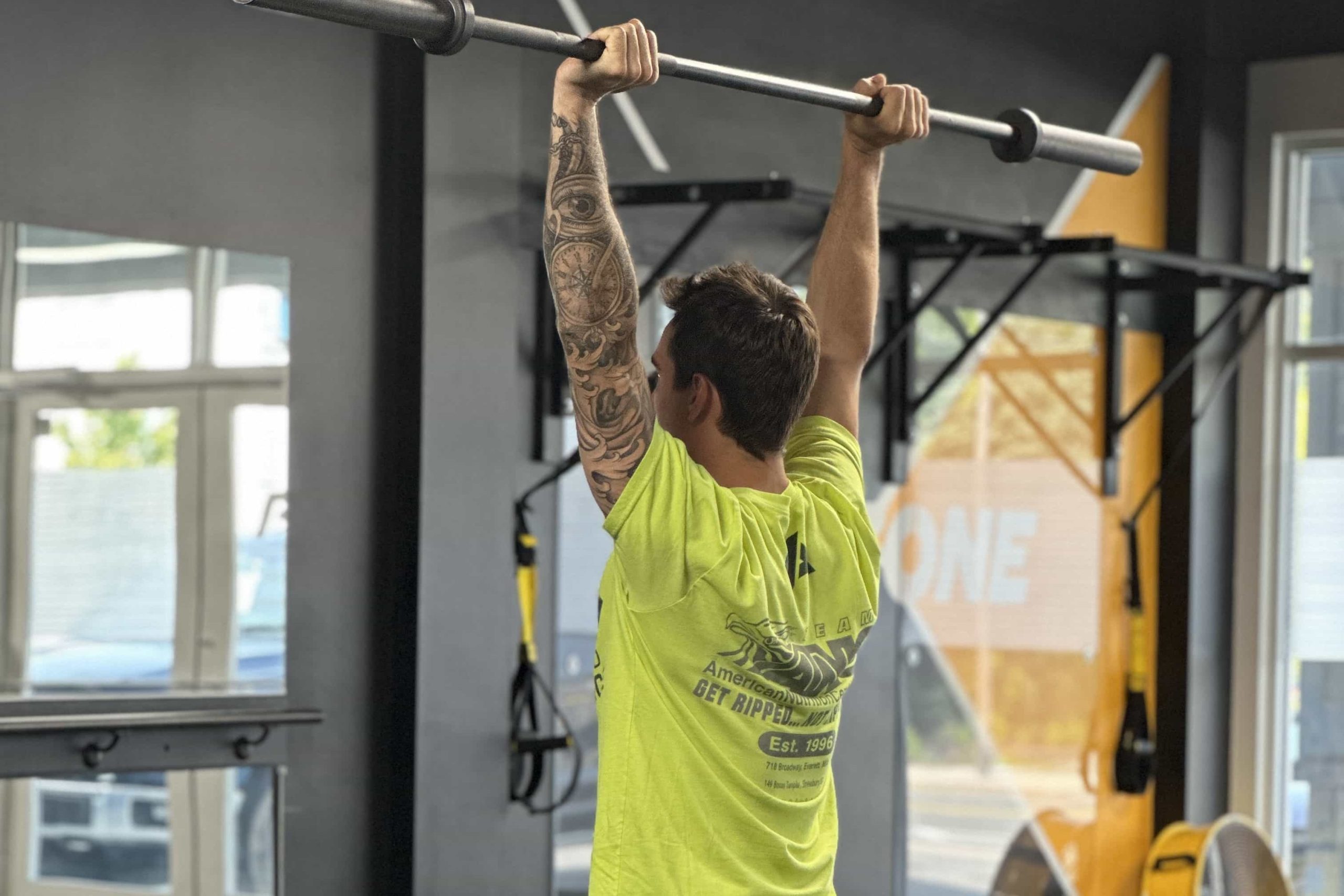
Physical Therapy for Weightlifters & CrossFit focuses on proper lifting mechanics, correcting muscle imbalances, and managing stress on joints to prevent pain, accelerate recovery, and enhance overall strength gains.
-
Physical Therapy For Runners
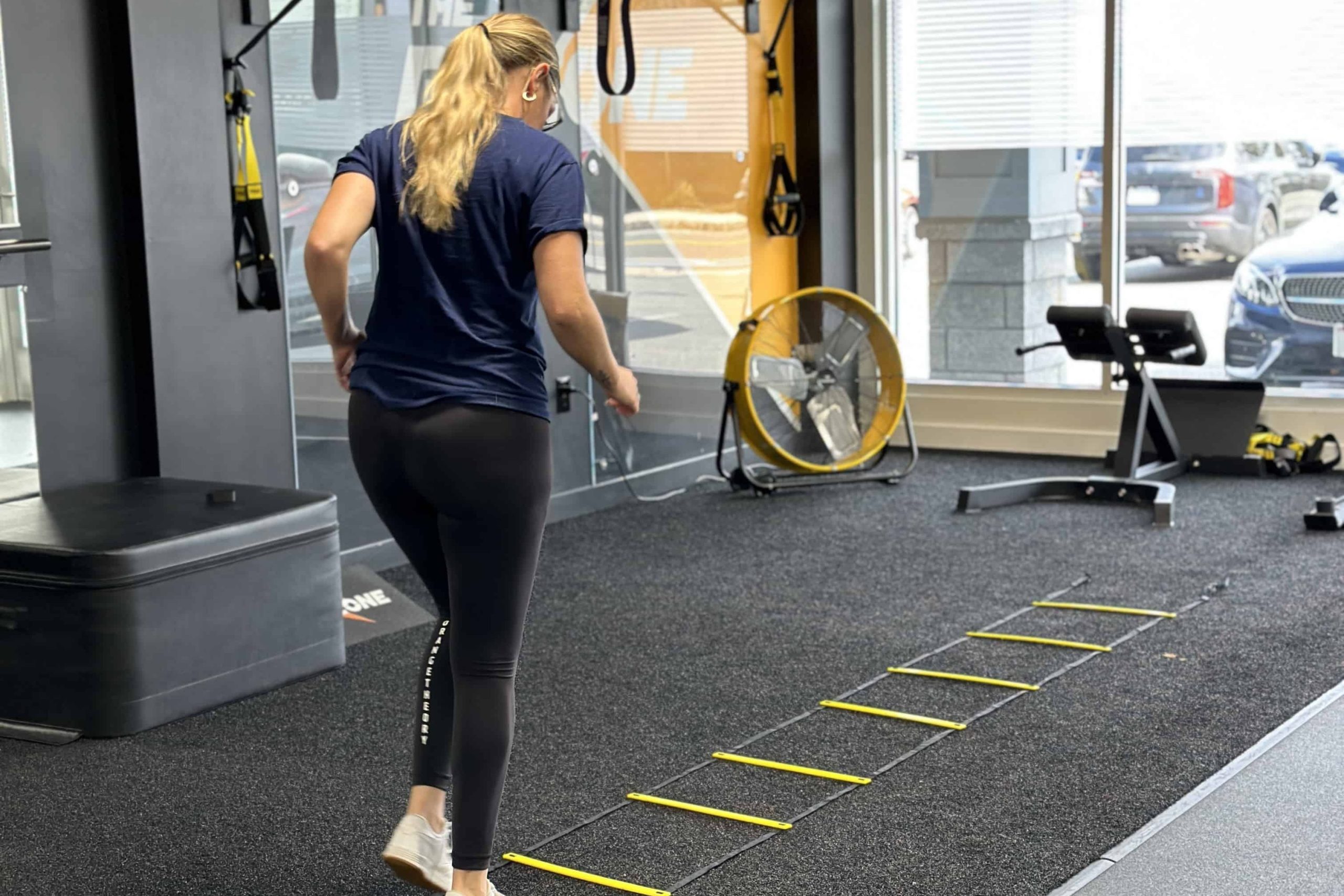
Physical Therapy for Runners focuses on refining running form, addressing muscle imbalances, and enhancing lower-limb stability to prevent injuries and boost performance.
-
Neuromuscular Massage Therapy
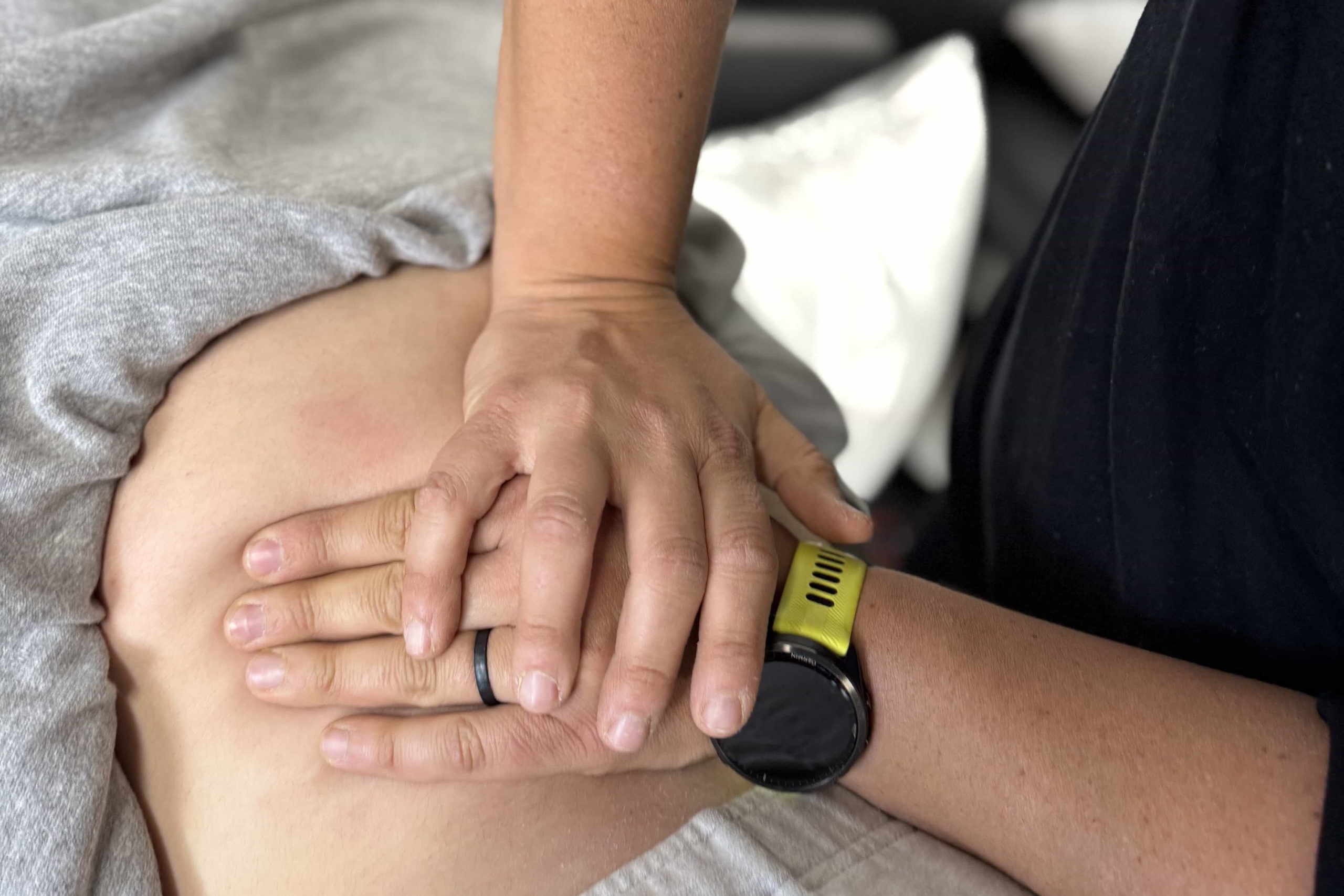
Neuromuscular Massage Therapy (NMT) precisely targets trigger points in muscles and connective tissues, relieving tension, restoring proper function, and promoting long-term pain relief.
-
Sport Specific Training

Sport Specific Training tailors rehab and performance drills to your unique sport demands, ensuring a faster return from injury or surgery, improving endurance, and re-educating proper movement patterns for safe, efficient play.
-
Therapeutic Exercise

Therapeutic Exercise is a structured program of targeted movements, stretches, and strengthening drills that rebuild physical function, restore mobility, and reduce pain—ultimately helping you achieve a more resilient, active lifestyle.

At The PT Zone, we’re dedicated to helping you recover quickly and return to your sport with confidence.
Our comprehensive approach targets not only the injury itself, but also the underlying weaknesses or imbalances that led to it. Count on us for expert guidance every step of the way, so you can get back to the activities you love, performing at your best.
Common Questions from Sports Injury Clients
1. How long does it typically take to recover from a sports injury?
Recovery time can vary widely based on the nature and severity of the injury. Minor strains or sprains may heal in a few weeks, while more complex injuries, like ligament tears, can take several months. Consistency with your therapy plan is crucial, and we’ll monitor your progress to ensure the timeline is realistic. Our goal is to help you return to your activity as soon as safely possible. A dedicated, step-by-step rehab process can make all the difference in achieving a full recovery.
2. Should I completely stop all physical activity during my recovery?
In most cases, absolute rest isn’t required—light exercises and modified activities can help you stay active without aggravating the injury. We’ll guide you in safe ways to move and maintain fitness, focusing on gradually rebuilding strength and mobility. Stopping all activity can lead to deconditioning, slowing down your return to sport. Our customized programs find the sweet spot between necessary rest and beneficial, gentle movement. Ultimately, we want you to remain engaged and motivated while still protecting the injured area.
3. Can therapy really help prevent future injuries once I’m healed?
Absolutely. Physical therapy addresses the underlying issues—such as muscle imbalances or poor movement patterns—that contributed to your original injury. By tackling these root causes and teaching proper mechanics, we aim to lower your risk of reinjury once you’re cleared to play. Our sport-specific exercises mimic real-life demands, conditioning your body to handle them safely. Ultimately, the skills you learn in therapy become a long-term safeguard against future setbacks.
4. How much pain should I expect during therapy?
A little discomfort can be normal as you move and challenge tissues that are healing. However, we carefully tailor each session to keep pain within a manageable range and avoid further injury. We rely on your feedback to adjust exercises and techniques, ensuring steady progress without unnecessary strain. By building up gradually, we help you regain confidence and strength. The focus is on productive, safe movement that pushes you just enough to stimulate healing.
5. Can you help me get ready for an upcoming sports season or event?
Yes, we understand time-sensitive goals and the importance of peak performance. While healing shouldn’t be rushed, our team will customize a plan to optimize your recovery timeline. We may incorporate advanced modalities, sport-specific drills, and guided progression to help you safely reclaim your competitive edge. Regular assessments will ensure you’re on track and prepared for the demands of the game. Our priority is your long-term health, balanced with your desire to meet upcoming athletic commitments.















